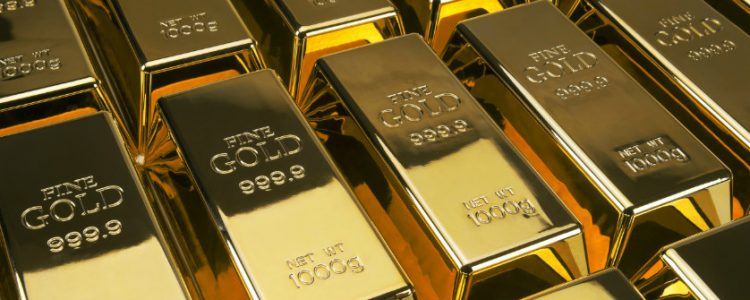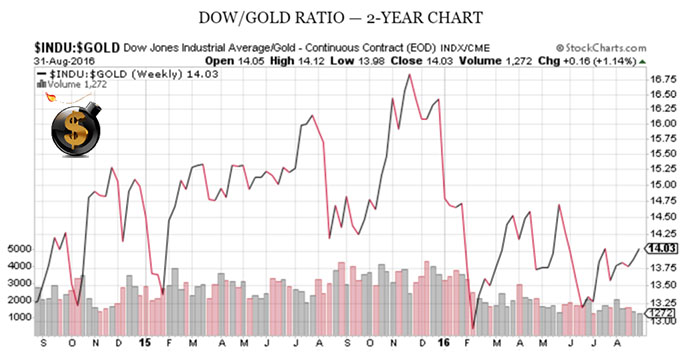Even if you’re only a casual observer of financial markets, you must have noticed gold has had some pretty distinguished company during its most recent rally. Most of the market attention has gone to oil, which jumped above forty dollars per barrel after the Fed announced its softened plan for rate increases for the remainder of the year.
Commodities in general are raring for a climb since the dollar’s started to decline. But we’re starting to see significant action in two of gold’s sister metals, silver and platinum. They’re both exhibiting spillover energy from gold, as seasoned investors turn to them on the heels of a breakout in the yellow metal.
One of the signs market analysts look for in a stock or a commodity is resistance – a technical term that simply means a temporary price ceiling beyond which investors are reluctant to buy. It’s a bullish sign when a stock or a commodity pushes past and then sustains a price level above its resistance.
On Thursday silver shot up thirty cents to take out its intra-day sixteen dollar resistance, and then backed off twelve cents for a market close of fifteen-dollars and ninety-three cents. Its current trend signifies the gray metal is now like a coiled spring.
Platinum, the “rich man’s gold,” has moved up eight percent since the beginning of the year. Thursday it closed at a spot price of nine hundred and eighty-six dollars. Traditionally the white metal has traded at a premium to gold because it’s much rarer and because it’s an industrial metal. Platinum is used as an anti-pollutant agent in the catalytic converters of automobiles.
But the price of platinum had actually slipped below gold to a price of $774 in 2008 because of production difficulties and reduced global demand for automobiles. Its current price at almost a thousand dollars per ounce most certainly reflects a positive outlook for the auto industry. It’s also a sign that platinum is once more riding the coattails of gold.
Silver and platinum then present lucrative opportunities for investors who like precious metals and are looking to diversify. Of the two, I personally prefer silver. While platinum looks promising this year, it has more work to do to reclaim its throne. Before its price had slipped in 2008, platinum was trading at over twenty-two hundred dollars per ounce.
Silver, on the other hand, has a much broader range of industrial uses than platinum. It’s used in photography, medicine, batteries, bearings, electronics (including both computers and smart phones!), radiography, solar panels and many other applications.
I like silver coins too because they’re minted in smaller denominations than gold coins. It’s easier to use them as cash in a monetary emergency to purchase everyday necessities like groceries and gas, while gold secures the bulk of your wealth.
Ideally, it makes sense for you to hold both silver and gold. Both are time-honored tangible assets. Gold is the ultimate protection against failing paper currency. And, in a gold bull market, silver performs like gold with a bit of a kicker.
Now is the time to place a portion of your retirement money or savings into gold. Gold shines its brightest in times of economic uncertainty and collapse. Click here to download your free Gold IRA information package to learn how you can roll over part of your retirement account to gold and silver.
Gold Investment is the alternative currency that can safeguard you from these types of events. Putting a portion of your savings into this precious metal will help protect you. Download your free self directed IRA rollover gold IRA information kit today.







